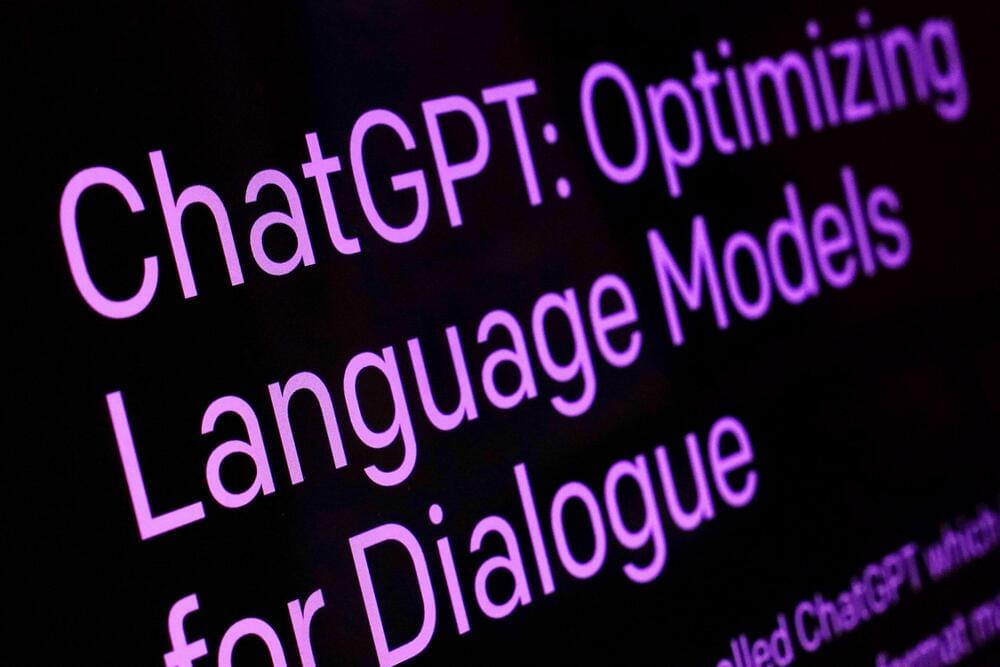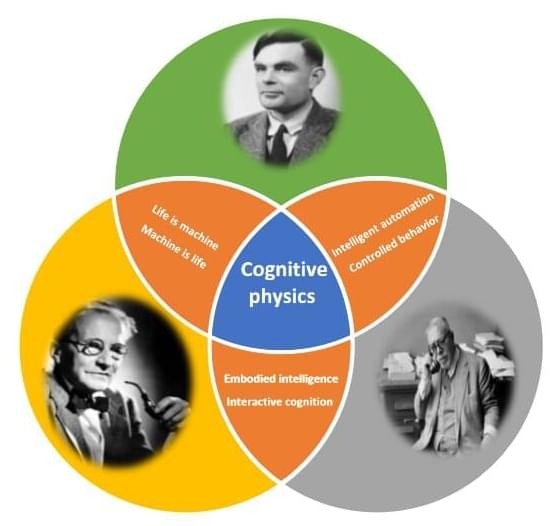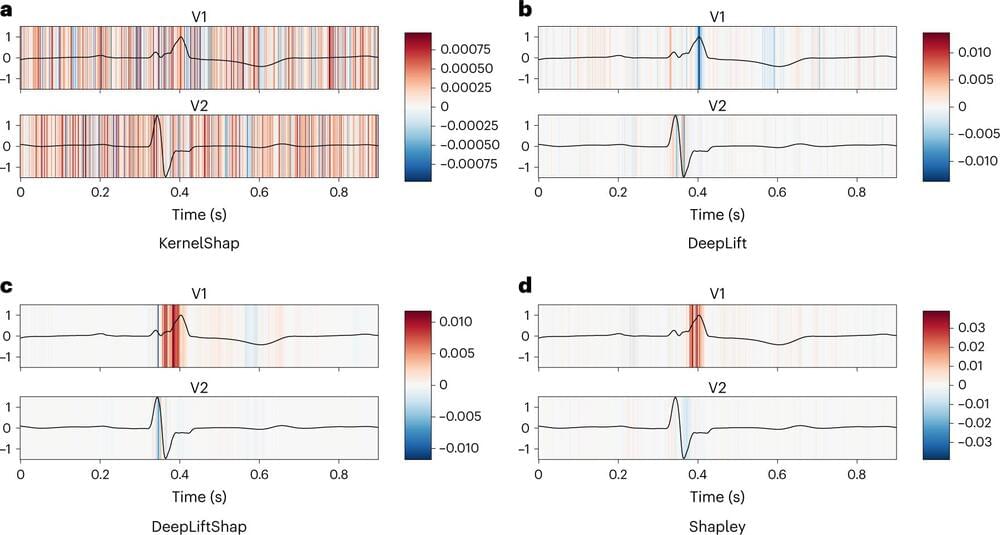ChatGPT’s impact extends beyond the education sector and is causing significant changes in other areas. The AI language model is recognized for its ability to perform various tasks, including paper writing, translation, coding, and more, all through question-and-answer-based interactions.
The AI system relies on deep learning, which requires extensive training to minimize errors, resulting in frequent data transfers between memory and processors. However, traditional digital computer systems’ von Neumann architecture separates the storage and computation of information, resulting in increased power consumption and significant delays in AI computations. Researchers have developed semiconductor technologies suitable for AI applications to address this challenge.
A research team at POSTECH, led by Professor Yoonyoung Chung (Department of Electrical Engineering, Department of Semiconductor Engineering), Professor Seyoung Kim (Department of Materials Science and Engineering, Department of Semiconductor Engineering), and Ph.D. candidate Seongmin Park (Department of Electrical Engineering), has developed a high-performance AI semiconductor device using indium gallium zinc oxide (IGZO), an oxide semiconductor widely used in OLED displays.






